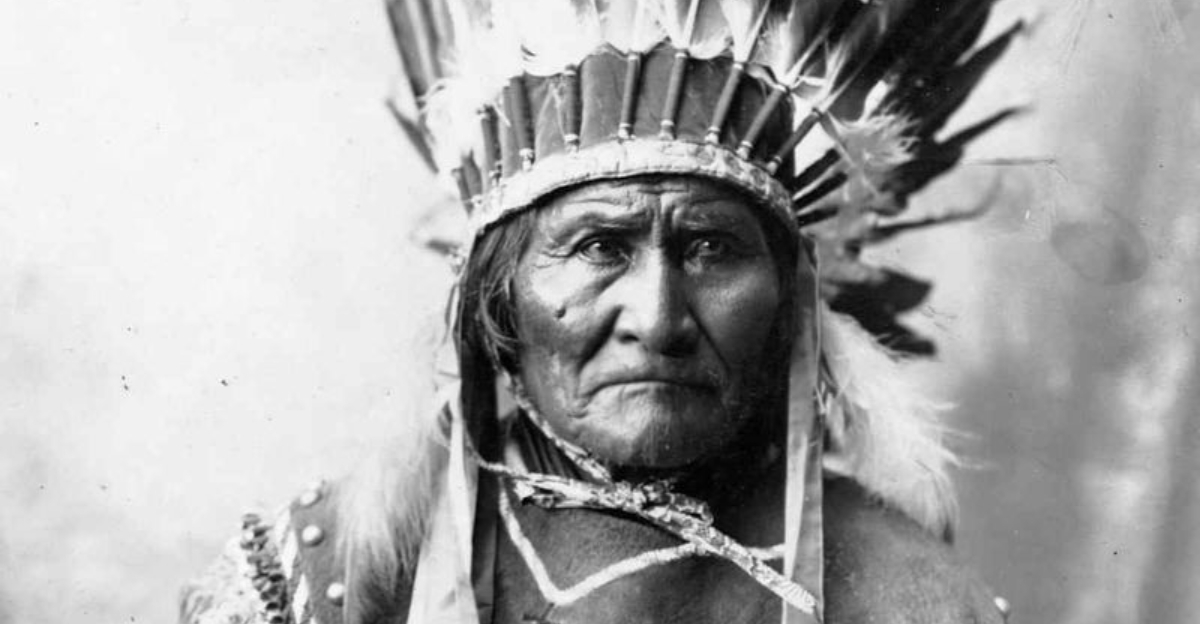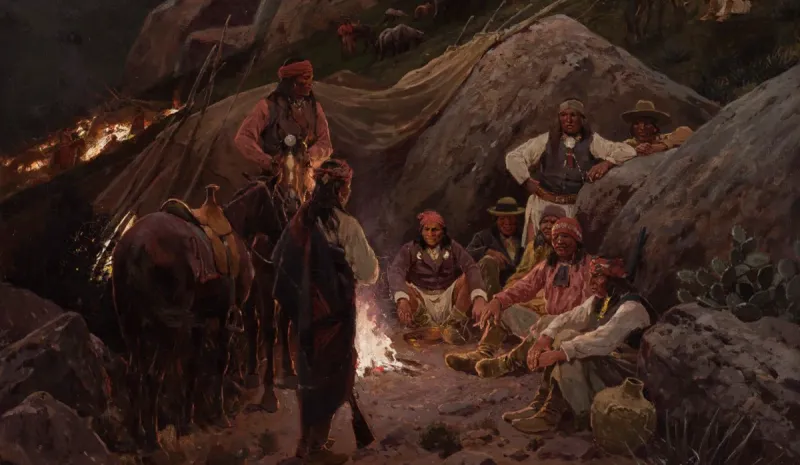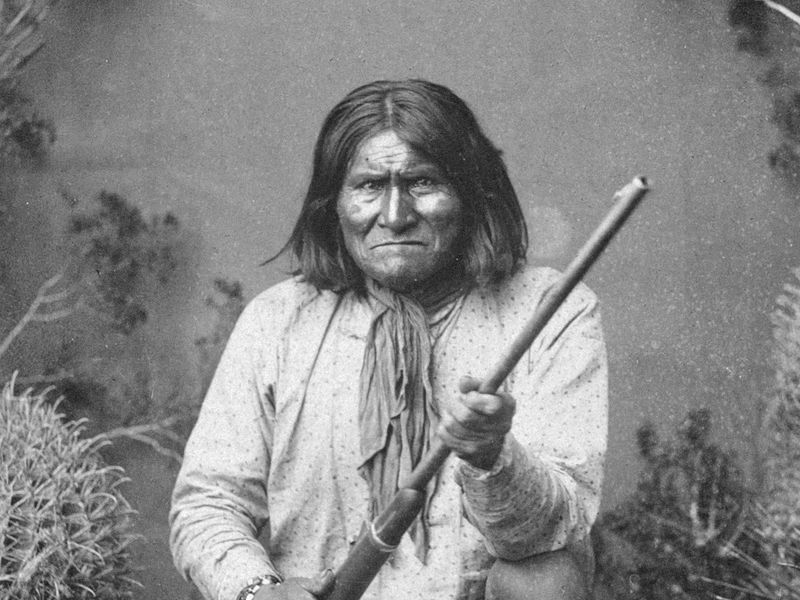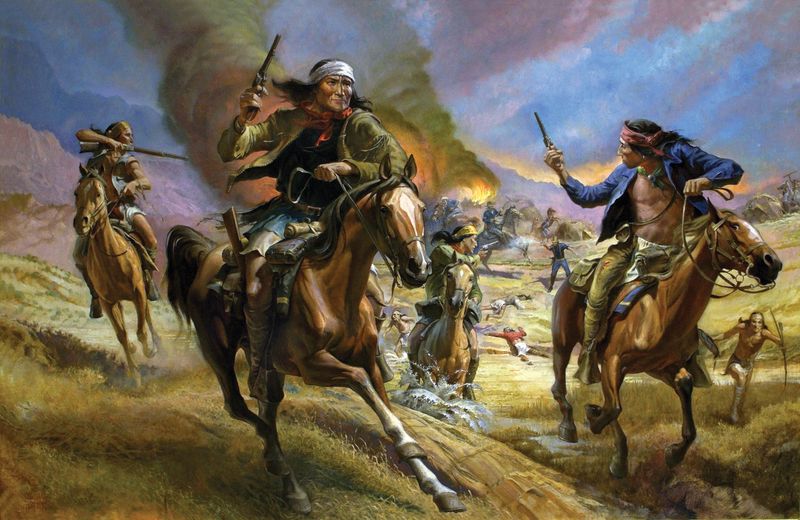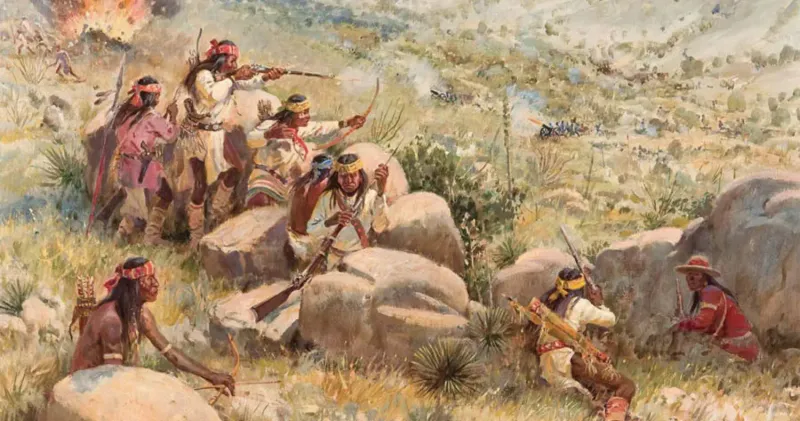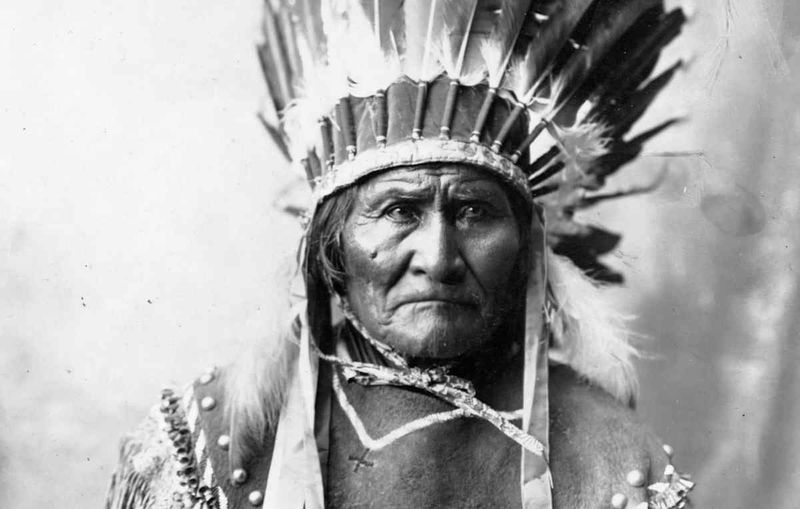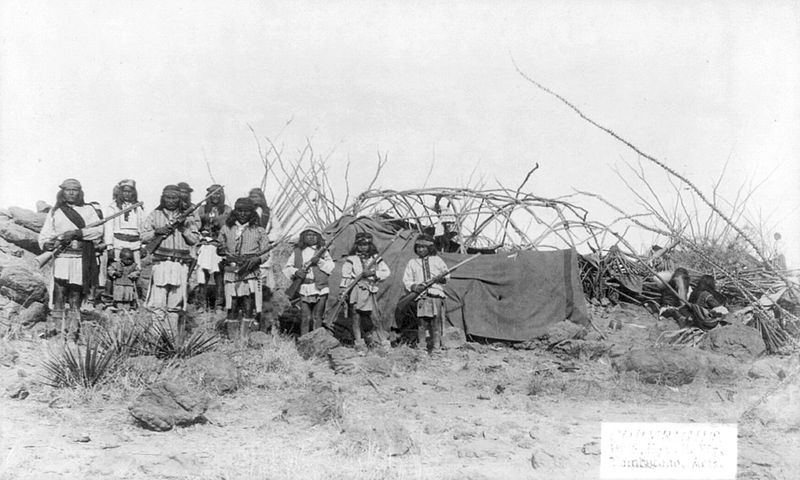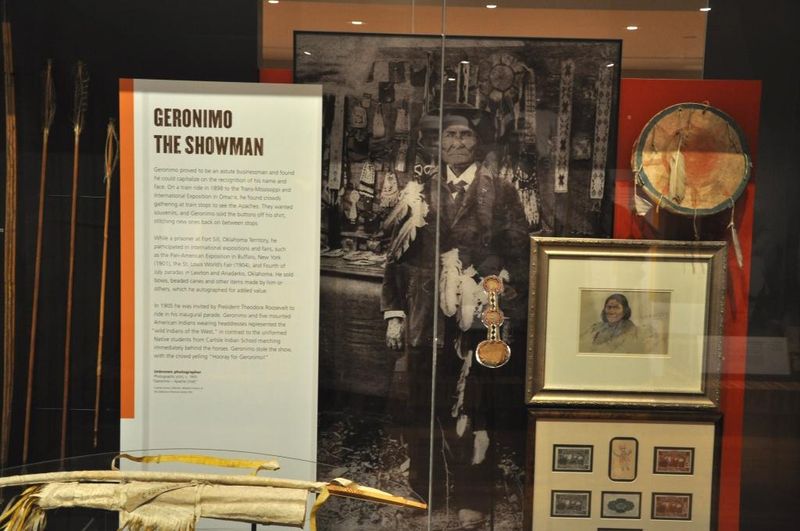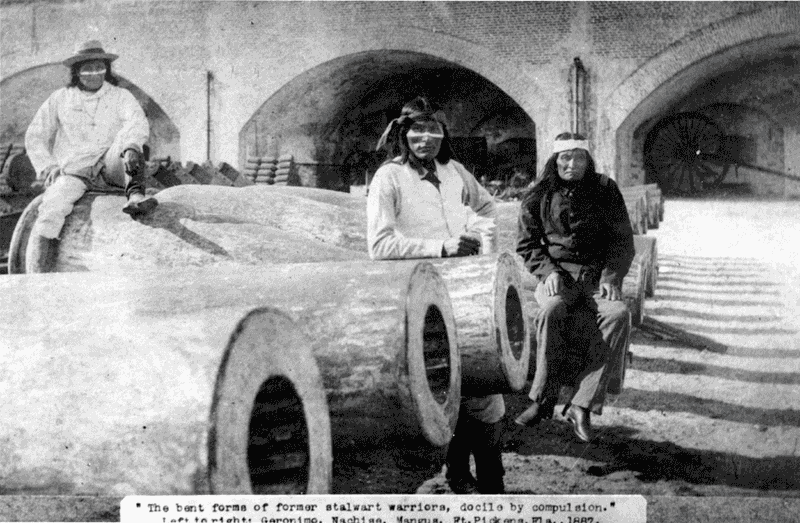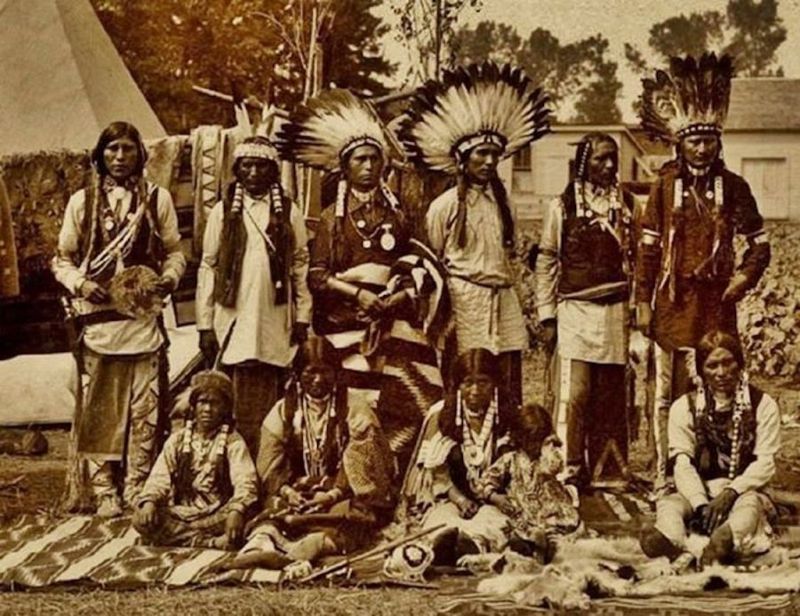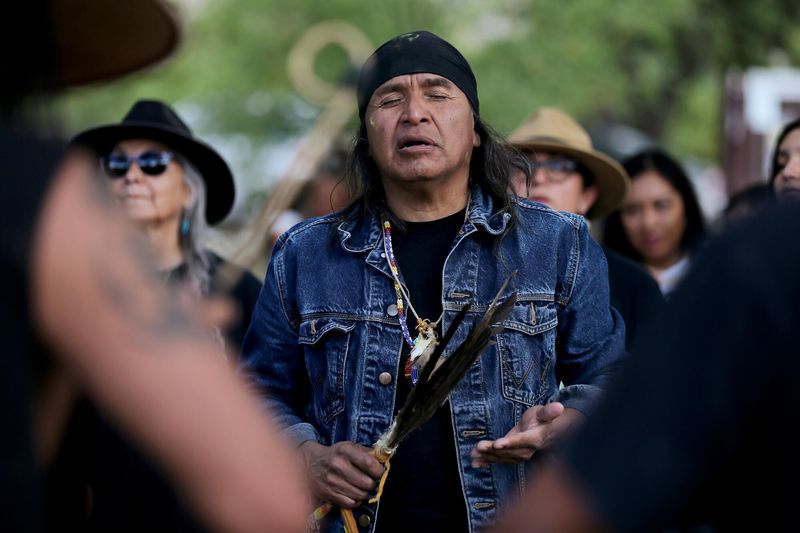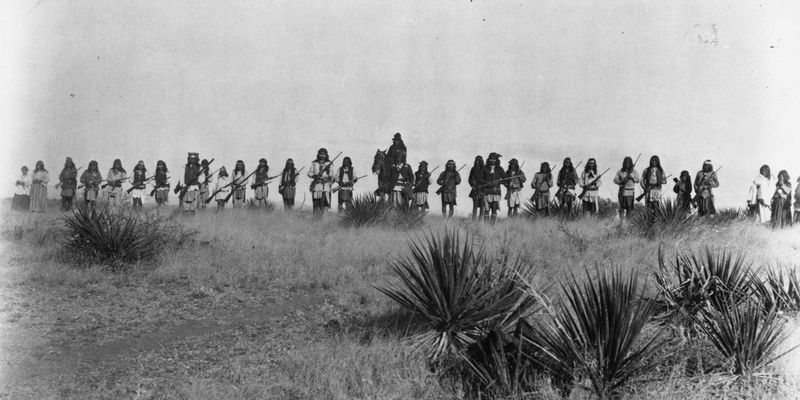When it comes to standing up against overwhelming odds, the Apache people wrote a remarkable chapter in American history. For a century and a half, this fierce and determined tribe refused to surrender their freedom, homeland, or way of life to U.S. forces. Their story of resistance isn’t just about warfare – it’s about a people’s unbreakable spirit and determination to preserve their identity against all challenges.
1. Vast Territory Across Four Modern States
Long before state lines existed, Apache territory stretched across what we now call Arizona, New Mexico, Texas, and northern Mexico. This enormous homeland gave them strategic advantages during conflicts with American forces.
The rugged mountains, scorching deserts, and hidden canyons became natural fortresses. Apache warriors knew every water source, hiding spot, and escape route across thousands of square miles.
This intimate knowledge of the land allowed small Apache bands to disappear like ghosts when pursued by much larger military forces, making them nearly impossible to defeat in conventional warfare.
2. America’s Longest Native American War
From the 1840s until Geronimo’s final surrender in 1886, the Apache Wars raged across the Southwest. No other Native resistance lasted nearly as long against American military might.
For comparison, most tribal conflicts with the U.S. government lasted only a few years or even months. The Apache managed to sustain their fight through multiple generations of warriors.
During these decades, the U.S. Army deployed thousands of troops, built numerous forts, and spent millions in taxpayer dollars trying to subdue the Apache resistance – all against a fighting force that sometimes numbered fewer than 100 warriors.
3. Masters of Guerrilla Warfare
Apache fighters revolutionized combat tactics in ways that military strategists still study today. Rather than meeting enemies head-on, they perfected hit-and-run raids, ambushes, and lightning-fast strikes that left pursuers confused and demoralized.
Mounted on hardy horses, Apache warriors could travel up to 70 miles per day across terrain that exhausted and stranded conventional military units. They attacked from impossible angles, disappeared into the landscape, and struck again where least expected.
U.S. Army reports from the period frequently express frustration at fighting an enemy who seemed to materialize from nowhere and vanish just as quickly.
4. Not One Tribe But Many
Contrary to popular belief, “Apache” wasn’t a single unified tribe but a collection of related groups with distinct identities. The Chiricahua, Mescalero, Jicarilla, Western Apache, Lipan, and other bands each had their own territories, leaders, and approaches to resistance.
This decentralized structure actually strengthened their resistance. When one band faced setbacks, others continued the fight from different regions.
Each group developed specialized knowledge of their local terrain. The Chiricahua knew the mountains of southeastern Arizona, while the Mescalero mastered the deserts of New Mexico – creating a resistance network that spanned hundreds of miles.
5. Cochise: The First Great Resistance Leader
Before Geronimo became famous, Chief Cochise led one of the most effective resistance campaigns against American expansion. Standing over six feet tall with commanding presence, Cochise initially sought peaceful relations with white settlers during the 1850s.
Everything changed after the 1861 Bascom Affair, when he was falsely accused of kidnapping. Narrowly escaping execution, Cochise launched a decade-long war that tied up thousands of U.S. troops.
His strategic brilliance became legendary. At Apache Pass in 1862, with just 150 warriors, he pinned down a column of 3,000 California volunteers, inflicting heavy casualties before melting back into the mountains.
6. The Bascom Affair: How A Misunderstanding Started A War
February 1861 marked a turning point in Apache-American relations. When a local rancher’s son was kidnapped, Lieutenant George Bascom immediately blamed Cochise’s band without evidence.
Bascom invited Cochise to a peaceful meeting, then attempted to take him hostage. Cochise escaped by slashing through the tent with his knife, but several of his family members were captured and later hanged by the Army.
This betrayal ignited Cochise’s fury. Within days, his warriors killed 150 white settlers and soldiers in revenge. What might have been resolved through diplomacy instead sparked a conflict that would last 25 years and cost thousands of lives on both sides.
7. Geronimo: From Family Man To Feared Warrior
Few realize that Geronimo didn’t start out seeking conflict. Born as Goyahkla around 1829, he lived peacefully until Mexican soldiers massacred his mother, wife, and three children in 1851.
Transformed by grief, he earned the name “Geronimo” from terrified Mexican soldiers who reportedly called out to Saint Jerome as he attacked with seemingly supernatural fury. Between 1851 and 1886, he repeatedly broke out of reservations when conditions became unbearable.
With never more than 30-40 followers, Geronimo evaded capture by coordinating simultaneous raids across hundreds of miles. His small band tied up over 5,000 U.S. troops – a quarter of the entire Army – during his final resistance.
8. The Ghost Who Could Not Be Caught
Geronimo’s ability to escape capture became almost mythical. In 1885, he led just 35 warriors and their families away from 5,000 troops guarding them at the San Carlos Reservation.
Military telegraphs would report Geronimo’s band attacking in Arizona, then hours later in Mexico, then back in New Mexico – distances impossible to travel so quickly. Some soldiers believed he possessed magical powers to disappear or be in multiple places simultaneously.
The truth was strategic brilliance. He split his small band into even smaller groups, created diversions, traveled at night, and used environmental knowledge to survive in places where pursuers quickly ran out of water and supplies.
9. Broken Promises And Reservation Betrayals
The cycle of peace and renewed conflict often followed a painful pattern. Apache leaders would negotiate treaties guaranteeing specific territories, only to have those agreements violated when gold, silver, or copper was discovered on their lands.
The 1872 peace agreement with Cochise promised the Chiricahua permanent rights to their mountain homeland. Just four years after his death in 1874, the government dissolved the reservation and forced his people to march 180 miles to the disease-ridden San Carlos Reservation.
These betrayals left Apache leaders with impossible choices: accept starvation and cultural destruction on reservations, or resist and face overwhelming military force.
10. The Final Surrender That Ended An Era
September 4, 1886 marked the end of armed Native American resistance in the United States. After years of pursuit, Geronimo and his band met with General Nelson Miles at Skeleton Canyon, Arizona, to negotiate surrender terms.
Exhausted and reduced to just 16 warriors plus 12 women and children, Geronimo agreed to surrender based on promises they would be reunited with families in Florida. The moment was captured in early photographs showing the once-fierce warriors now prisoners.
While Geronimo believed the exile would last two years, the government had no intention of allowing the Apache to return west. Their surrender marked the final chapter of three centuries of Native armed resistance to European colonization.
11. From Warrior To Exhibition Attraction
After his surrender, Geronimo endured a strange and humiliating transformation from feared warrior to public curiosity. The government displayed him at expositions, including the 1904 World’s Fair, where he sold photographs and autographs for 10 cents each.
Buffalo Bill’s Wild West Show paid him to appear as himself – the “worst Indian who ever lived.” The warrior who had terrorized the Southwest now rode in President Theodore Roosevelt’s 1905 inaugural parade.
Behind this public spectacle, Geronimo repeatedly petitioned presidents for permission to return to his homeland. “Let me die in my own country,” he pleaded, but his requests were always denied until his death as a prisoner in 1909.
12. Exiled Far From Desert Homelands
Despite promises of a brief detention in Florida, captured Apache faced a cruel reality. The government loaded 498 Apache men, women, and children onto trains bound for Fort Marion, Florida – a humid, swampy environment completely foreign to desert people.
Disease quickly swept through the prisoners. Within two years, 24 percent of the Apache died from tuberculosis and other illnesses in the unfamiliar climate.
Later transferred to Mount Vernon Barracks in Alabama, and finally to Fort Sill, Oklahoma in 1894, they remained prisoners of war for 27 years. Children were separated from parents and sent to boarding schools, while adults were forbidden from practicing traditional ceremonies.
13. Cultural Survival Against All Odds
Despite government efforts to erase Apache identity, their culture persevered through secret practices and oral traditions. Parents whispered stories to children at night, keeping their history alive when ceremonies were forbidden.
The U.S. government’s assimilation policy forced Apache children into boarding schools where they were punished for speaking their language. Yet many returned to reservations as adults determined to preserve what remained of their heritage.
Medicine people continued sacred practices in hiding. The Sunrise Ceremony for Apache girls entering womanhood continued despite bans on religious gatherings. This cultural resilience proved as powerful as military resistance had been in earlier generations.
14. Modern Apache Nations Today
The Apache story didn’t end with military defeat. Today, multiple Apache nations maintain sovereign tribal governments across the Southwest, including the San Carlos, White Mountain, Jicarilla, and Mescalero Apache.
Modern challenges include protecting sacred sites from development, revitalizing language among younger generations, and building economic opportunities. The White Mountain Apache operate the Sunrise Park Ski Resort in Arizona, while other tribes have developed casinos and cultural tourism.
Education remains central to cultural survival. Apache language immersion programs now teach children the words their great-grandparents were once punished for speaking, ensuring that Apache identity continues into future generations.
15. A Legacy Of Resistance And Pride
The Apache resistance represents one of history’s most remarkable struggles for freedom. Against overwhelming military power, they fought not just for territory but for the right to exist as Apache people with their own beliefs and way of life.
Their tactical innovations influenced military doctrine worldwide. U.S. Army officers who fought against Apache leaders later applied those lessons in conflicts from the Philippines to Europe.
For modern Apache people, this history isn’t just about defeat but about extraordinary resilience. As one Apache elder put it: “They tried to bury us, but they didn’t know we were seeds.” This spirit of determined survival continues to inspire Indigenous resistance movements around the world today.
